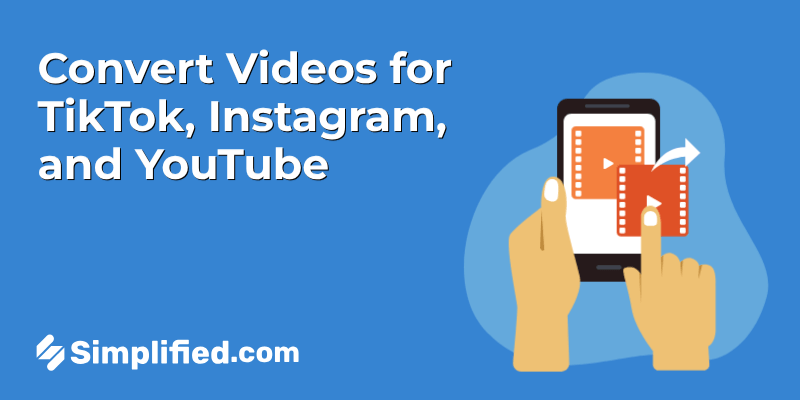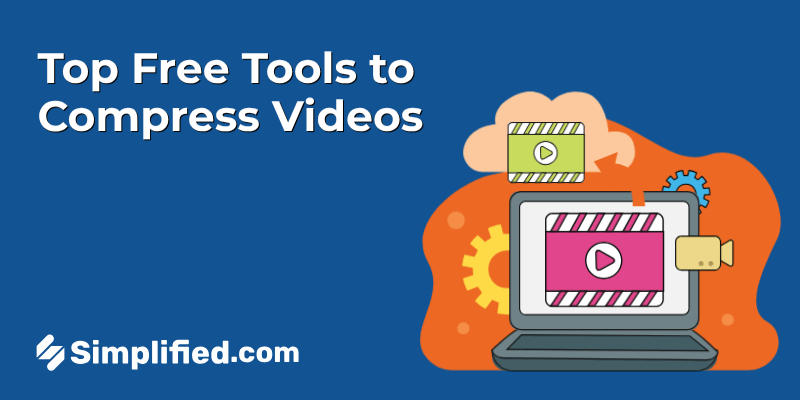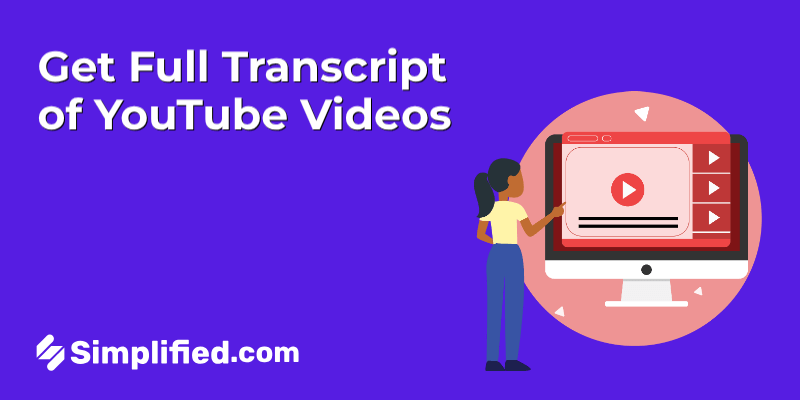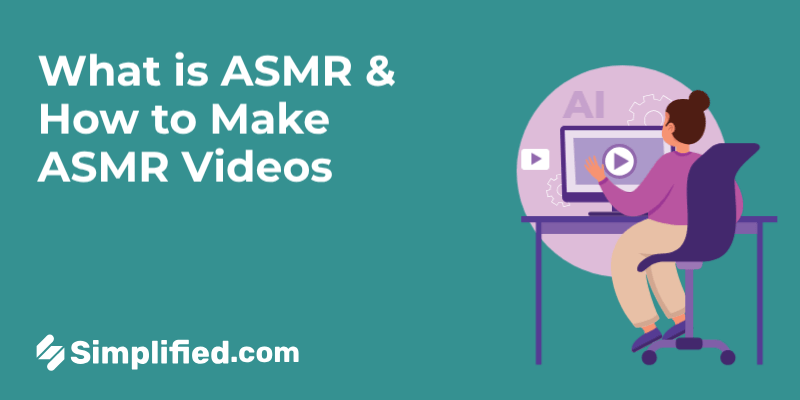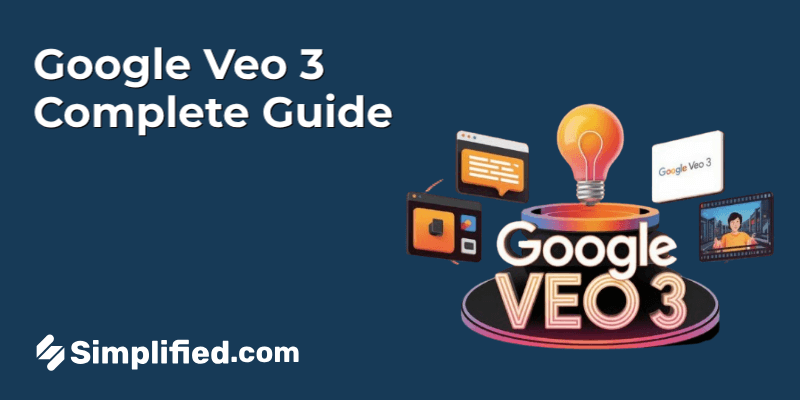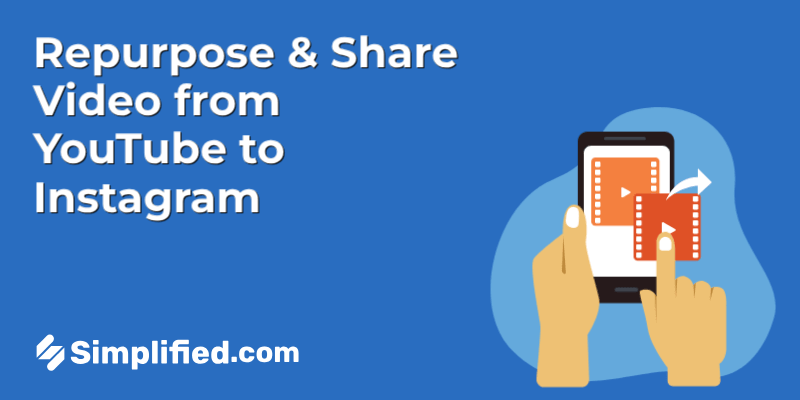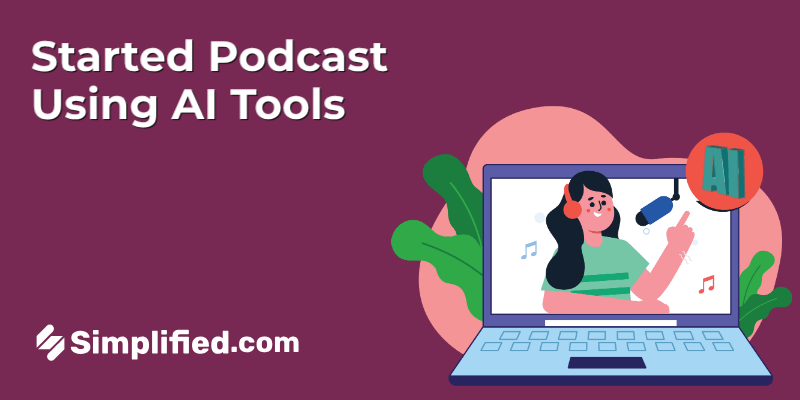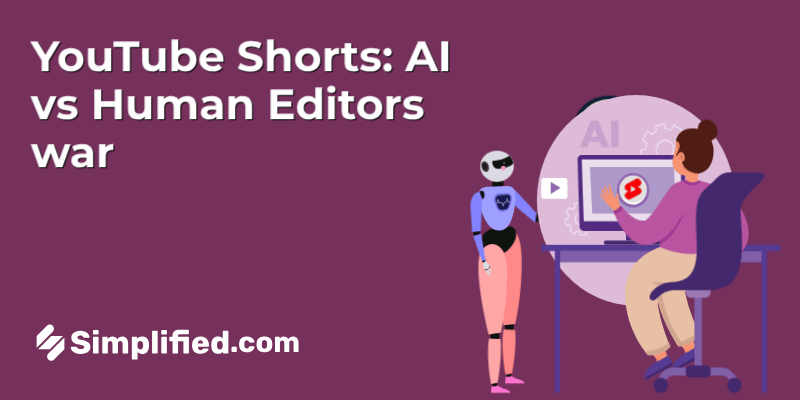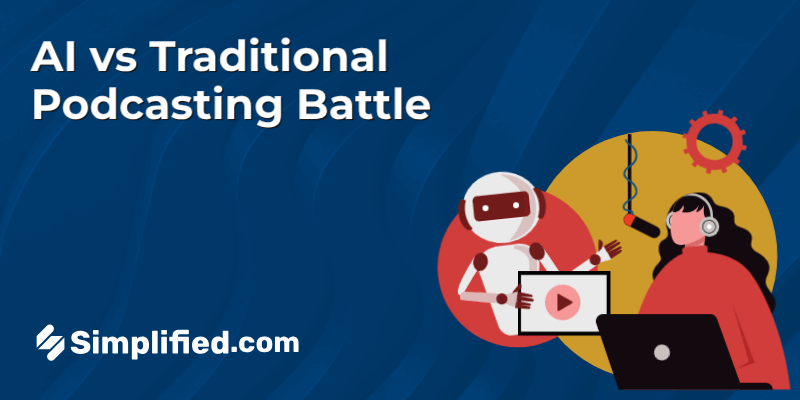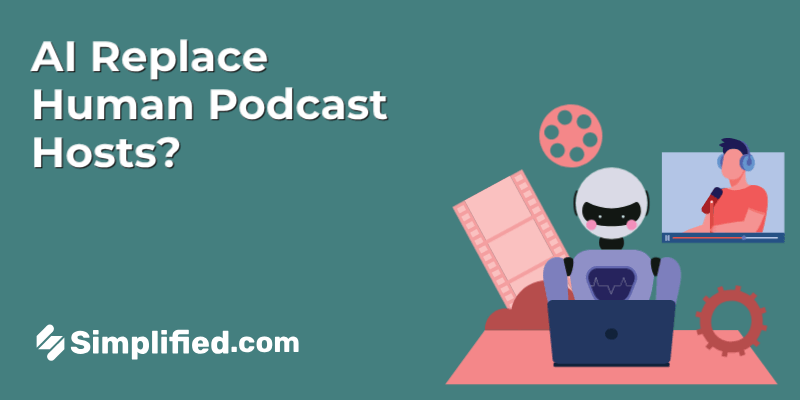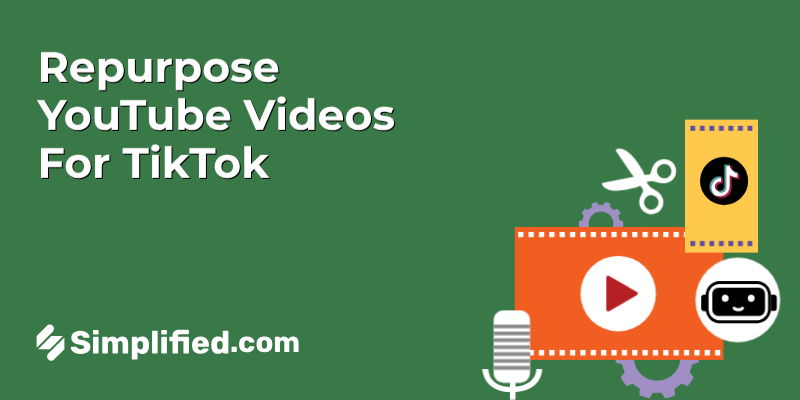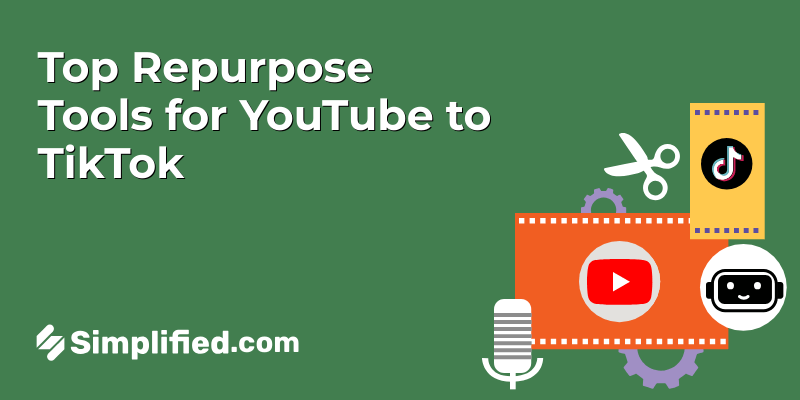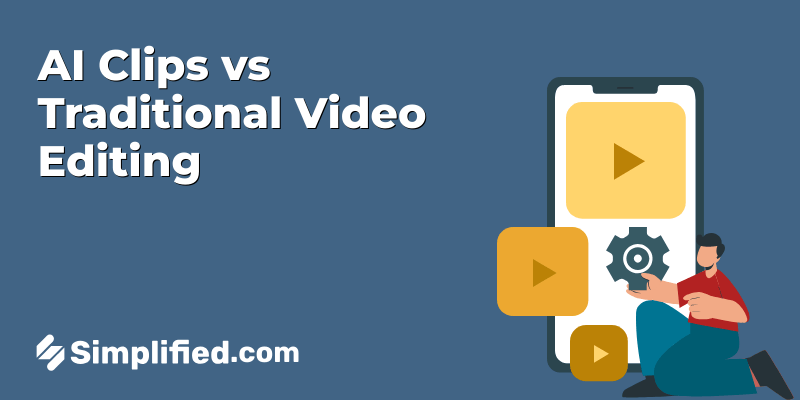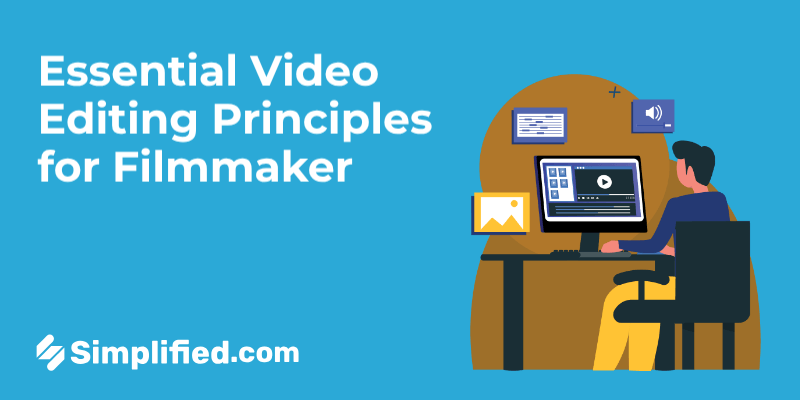
Video editing is where your story truly takes shape — transforming raw clips into a cohesive, engaging narrative. For many creators, it’s also the most challenging part of the filmmaking process. With endless creative choices and technical details to juggle, it’s no surprise that even experienced editors sometimes feel overwhelmed.
If you’re just starting out, the good news is you don’t need expensive equipment or advanced techniques to create something impactful. By understanding a few core principles, you can make smarter decisions and avoid common mistakes — no matter which editing software you use.
In this guide, we’ll walk you through the essential video editing fundamentals every beginner should know. From preparing during the shoot to techniques that save time and improve quality, you’ll learn how to turn your footage into a story worth watching — without unnecessary complexity.
Get Ready: Pre-Editing Steps You Shouldn’t Skip
Editing is where your story comes together — but the process actually begins before you even open your editing software. Good preparation makes the entire experience smoother, faster, and more creative.
Here are the key steps to prepare for video editing effectively:
1. Plan Ahead While Shooting
Think about the edit while you’re still planning or filming your video. What kind of story are you telling? What shots or angles will you need to cut it together?
✔ Create a shot list or storyboard: This helps you ensure you’ve captured everything you’ll need in the final edit — no missing pieces.
✔ Decide on pacing and style in advance: Is it a fast-cut, dynamic video? Or a slow, emotional piece? Knowing this can guide how you shoot and how much footage you need.
2. Capture Plenty of Coverage
Coverage means recording extra footage beyond what you think you need — giving you more options when editing.
- Shoot multiple takes of each scene. This gives you alternatives if one take has a mistake or feels flat.
- Record longer than necessary. Let the camera roll a few seconds before and after the action so you have clean cuts.
- Get B-roll (supplementary shots): These are clips that set the scene, show details, or fill in gaps — like close-ups of hands, the environment, or reaction shots.
3. Check Your Equipment & Settings
Before you wrap up filming:
✔ Review your footage on location to catch any mistakes early.
✔ Check that audio is clear, shots are in focus, and lighting is adequate.
✔ Shoot a little extra just in case.
12 Essential Video Editing Techniques for Beginners (with Examples)
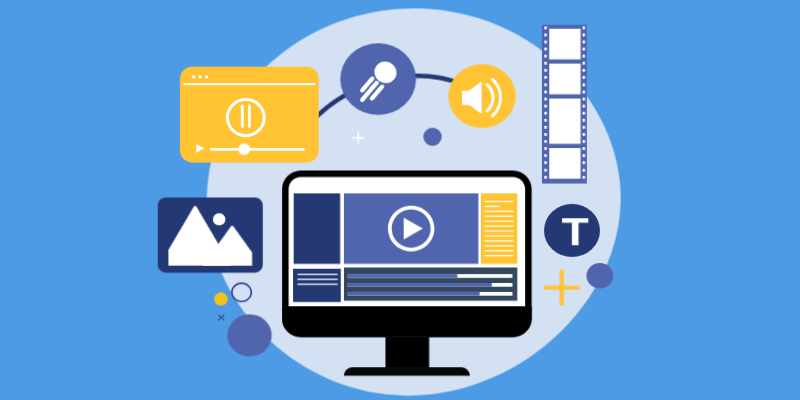
1. Sort and Arrange Your Footage
Why? It saves you hours later and keeps your workflow efficient.
Example: Create a main folder named Travel Vlog, with subfolders like Day 1 Beach, Day 2 City, Music, Voiceovers.
When you need the sunset shot from Day 2, you can find it instantly instead of scrolling through hundreds of clips.
2. Plan Your Edit Ahead of Time
Why? Shooting with a clear plan helps you avoid missing key shots.
Example: For a cooking video, your shot list might include:
– Overhead shot of ingredients
– Medium shot of chef stirring
– Close-up of food sizzling in the pan
This ensures you capture everything you need during filming and editing.
3. Select Only the Best Clips
Why? Keeps your video engaging by focusing on quality over quantity.
Example: If you filmed 5 takes of someone opening a door, pick the smoothest, most natural one — don’t include them all.
4. Include Contextual Wide Shots
Why? Without an contextual wide shot, viewers can feel disoriented when the scene starts — they don’t know where the characters are or what’s going on.
Example: In a short film, if a character is about to enter a café, show a wide shot of the café’s exterior with people walking by, the sign above the door, and maybe some outdoor tables. Then cut to the close-up of the character walking in.
5. Use Match Cuts
Why?It draws viewers through a transition naturally, without it feeling abrupt or jarring, and can also add meaning or symbolism to the edit.
Example: A scene ends with a shot of someone clapping their hands, and the next scene starts with a chef kneading dough — the hands and motion connect the two completely different scenes seamlessly.
6. Apply Appropriate Transitions
Why? Too many flashy transitions can distract from your story, while subtle, purposeful ones keep the pacing natural and professional.
Example: In a wedding video, transitioning between ceremony and reception with a gentle crossfade adds emotional warmth, while a hard cut would feel too abrupt for such a soft moment.
7. Add Music Thoughtfully
Why? Music sets the emotional tone and helps guide how your audience feels about what they’re seeing. Without music—or with mismatched or overpowering tracks—your video can feel awkward, flat, or distracting.
Example: In a cooking tutorial, a light, upbeat background track can keep the energy positive and engaging without drowning out the narration. In contrast, a dramatic short film might use soft, eerie music to build tension.
8. Control Your Video Pacing
Why? Pacing sets the emotional tone of your video. If every shot lingers too long, the video feels sluggish; if cuts are too fast, viewers can feel overwhelmed or confused. Good pacing keeps the audience engaged and helps them feel what you want them to feel.
Example: In an action scene, use quick, sharp cuts between shots of running feet, tense faces, and the ticking clock to build intensity. But for a romantic moment, hold longer on each shot to let the emotions breathe.
9. Choose a Color Palette
Why? Colors influence mood, tone, and even how professional your video looks. Without consistent or intentional color choices, your video might feel flat, messy, or confusing.
Apply color correction tools to make your footage appear more natural. Most video editing platforms also include color grading features, letting you creatively adjust the colors and contrast to enhance the mood or style of your video.
Example: In a travel video about a beach vacation, you might enhance blues and golds to evoke warmth and relaxation. But in a thriller short film, cooler, darker tones can create suspense.
10. Prioritize Sound Quality
Why?Viewers are far less forgiving of bad audio than imperfect visuals. Poor sound can make your video seem unprofessional and hard to follow, even if the footage is beautiful. Clean, clear audio helps your message come through and keeps viewers watching.
Example: During an interview, using an external mic minimizes distracting background noise and makes the speaker’s voice crisp — ensuring the audience stays focused on the story.
11. Save in the Best Format for Your Platform
Why? No matter how great your edit is, if you export in the wrong format or resolution, your video could look blurry, have black bars, or fail to play properly on the intended platform. Exporting correctly ensures your hard work is seen as intended.
Example: Exporting a vertical video in 9:16 format for TikTok or Instagram Reels — rather than 16:9 — so it fills the viewer’s screen perfectly without awkward cropping.
12. Use Silence (or Room Tone) Intentionally
Why? Silence isn’t just the absence of sound — it creates dramatic pauses, focuses attention, or builds tension. But awkward, unintended silence (with jarring gaps or noise) can feel unprofessional. Adding room tone fills gaps naturally.
Example: In a suspenseful documentary moment, muting the music and dialogue for a few beats lets the weight of the scene sink in — but recording and adding the subtle hum of the room keeps it from sounding empty or broken.
AI in Video Editing: Why It Matters & How It Helps
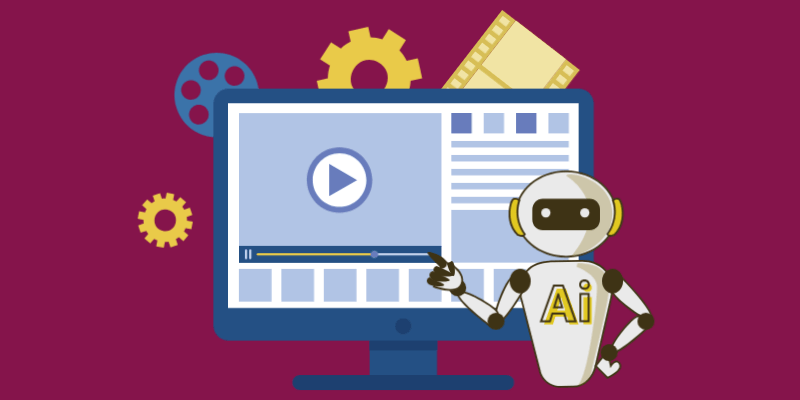
Artificial Intelligence has transformed video editing from a labor-intensive, manual process into a faster, smarter, and more creative experience. It brings automation and precision to tasks that traditionally required hours of effort, helping creators of all skill levels produce polished videos efficiently.
Here are some key ways AI is used in video editing — and why it’s valuable:
1️⃣ Automates Repetitive Tasks
Editing often involves time-consuming steps like trimming dead space, cutting silences, syncing audio, or removing background noise.
AI tools can automatically:
- Detect and remove filler words (like “uh” or “um”)
- Cut pauses and gaps between dialogue
- Match audio and video tracks
This saves hours of work and allows creators to focus on the creative aspects of editing.
2️⃣ Smart Object & Motion Tracking
AI can detect and follow moving objects or people in a video without manual frame-by-frame adjustments.
For example:
- Blur a face throughout a scene automatically
- Track and highlight a player in a sports clip
- Add effects that follow an object’s motion
This is particularly useful in dynamic footage, where traditional tracking is tedious.
3️⃣ Speech-to-Text & Text-Based Editing
One of the most exciting AI features is editing audio to text — like what Simplified and tools like Descript offer.
Here’s how it works:
- AI transcribes the dialogue into editable text.
- You delete or rearrange words/sentences in the transcript.
- The video/audio updates automatically based on your edits.
This makes editing more intuitive — you don’t need to scrub through timelines or guess where to cut.
4️⃣ Enhances Creativity
AI doesn’t just save time — it also sparks creativity by offering features like:
- Auto color grading to create moods
- Generating music that fits your scene’s pacing
- Suggesting B-roll or filler clips based on context
- Creating subtitles in multiple languages for accessibility
Example: Simplified AI Video Editing
With Simplified, you can:
✔ Upload your video and let AI generate a text-based transcript.
✔ Edit your video by simply editing the text — no technical skills needed.
✔ Use AI-generated captions, summaries, or even repurpose the video into short clips for social media.
✔ Speed up the editing process while keeping creative control.
Why Use AI in Video Editing?
- Saves significant time & effort
- Reduces technical barriers for beginners
- Improves accuracy in edits (like cuts & syncs)
- Enables creators to focus more on storytelling & style
How to Choose the Best Video Editing Software
While Choosing the right video editing software, You might feel overwhelming, especially with so many options available — from simple apps to advanced professional tools. The key is to find software that matches your project needs, your skill level, and the equipment you have.
Here’s what to consider before making your choice:
Consider Your Project Size & Complexity
If you’re editing a feature-length film, managing hours of raw footage, or working with advanced effects and graphics, you’ll need software that can handle large, complex projects.
Professional-grade tools like Simplified, Adobe Premiere Pro, DaVinci Resolve, Final Cut Pro X, Adobe After Effects
offer features such as proxy editing, motion graphics, and high-end filters. These are excellent for filmmakers or anyone creating polished, cinematic projects.
At a bare minimum, your software should let you:
- Trim, split, and duplicate clips.
- Adjust speed and audio levels
- Add transitions, titles, and music
- Export in the right formats
For Quick & Creative Edits
If you’re creating short videos for TikTok, Instagram, YouTube, or even personal projects, you don’t necessarily need heavyweight software.
This is where Simplified shines.
Simplified is an all-in-one platform designed for creators who want an easy, fast, and creative editing experience — without sacrificing quality.
With Simplified, you can:
- Edit videos directly in your browser — no downloads required.
- Use AI tools to cut, trim, and format clips efficiently.
- Add captions, text overlays, music, and transitions seamlessly.
- Repurpose videos into social media posts, blogs, and more — all from the same platform.
- Work collaboratively with team members in real-time.
Its intuitive interface and built-in creative tools make it ideal for marketers, small business owners, and creators who need quick turnarounds with professional results.
Match the Software to Your Device
Before you commit, check your computer’s specs. Advanced programs demand more RAM, faster processors, and plenty of storage. If you’re using a lightweight laptop or tablet, a browser-based tool like Simplified can save you the headache of laggy performance and crashes.
FAQs
1. Do I need a powerful computer for video editing?
It depends on the software and your project. Heavy-duty programs like Adobe Premiere Pro or DaVinci Resolve require a strong processor, good graphics card, and lots of RAM. If your computer isn’t very powerful, you can use browser-based tools like Simplified or mobile apps, which are designed to work on almost any device.
2. What are the basic rules of video editing?
If you’re new to video editing, aim to tell a clear story with smooth cuts, good pacing, and clean audio. Keep edits tight, use simple transitions, and maintain organized, consistent visuals.
3. What’s the easiest way to add subtitles to a video?
Many editing tools can auto-generate subtitles for you. Simplified, for example, uses AI to create accurate captions that you can edit and style to match your video. You can also upload your own script and sync it manually if you prefer.
4. Can AI really help with video editing?
Yes — AI can save you hours by automatically generating subtitles, identifying good clips, cutting out silences, and even suggesting edits. Platforms like Simplified use AI to let you edit audio as text and quickly create social-ready videos from longer content.
5. Do I need expensive software to make professional videos?
Not necessarily. Many affordable — and even free — tools can help you create professional-looking videos. What matters more is knowing how to use the tools you have well. Simplified, iMovie, and DaVinci Resolve all offer great options at low or no cost.


